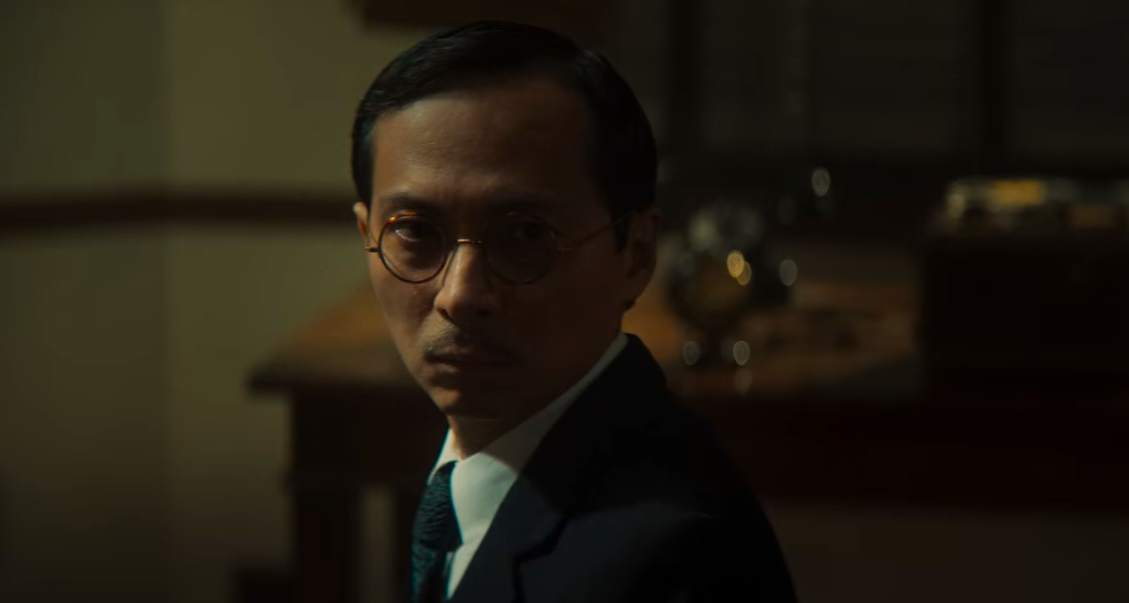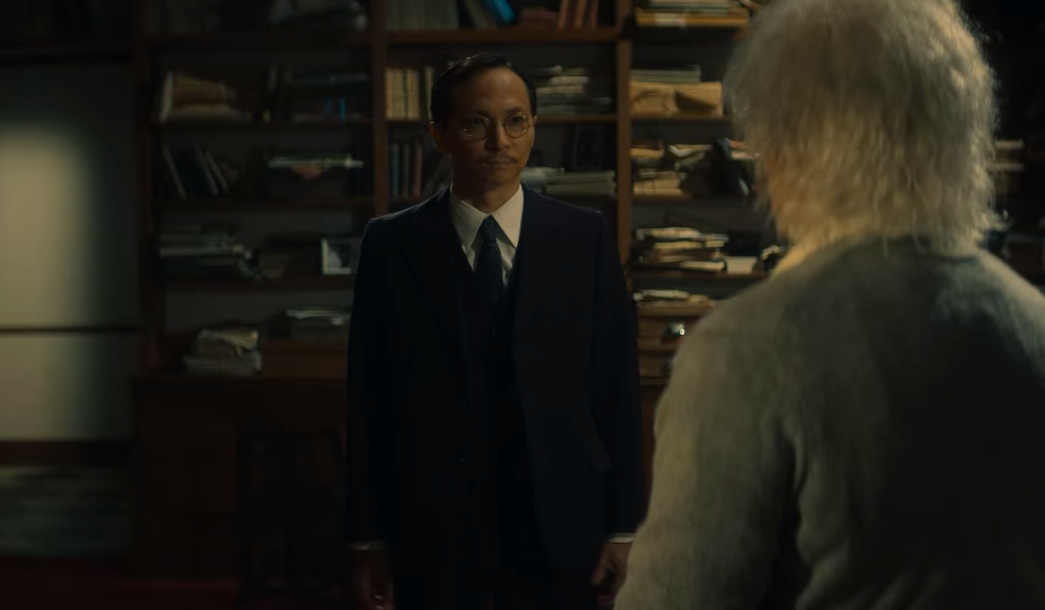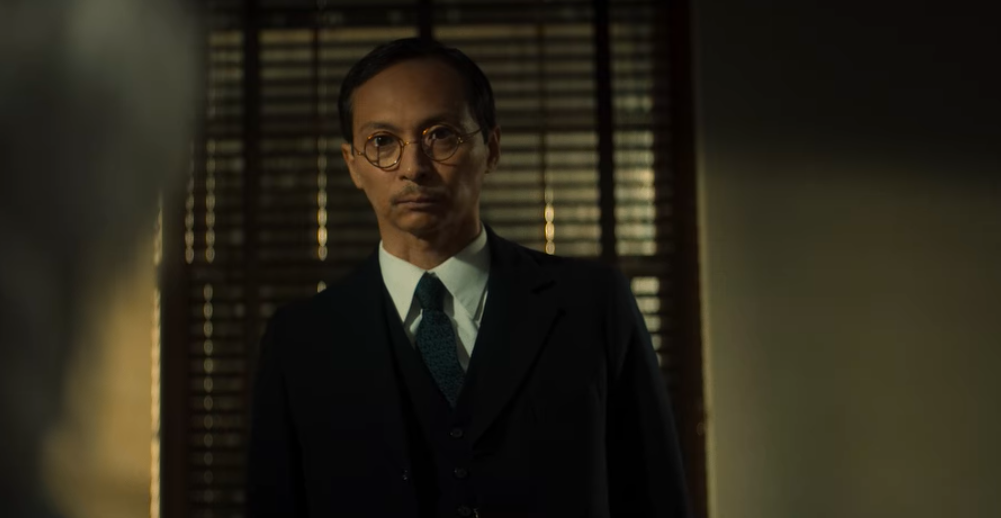Netflix’s ‘Einstein and the Bomb’ follows the years after Einstein left Germany, which was under the throes of a Nazi wave that changed the course of history. For a pacifist Einstein, seeing his own country being torn apart by fascists was painful, and it led him on a journey to raise his voice against Hitler on international platforms. The docudrama uses Einstein’s words (either spoken or written by him) to tell the story of his years in exile from Germany and how it led to the creation of the atomic bomb and its devastating impact on mankind. In the end, Einstein is confronted by a journalist for his part in the building of the atomic bomb and the havoc it caused. Who was this journalist, and what happened to him?
Katsu Hara Wrote Letters to Einstein About His Role in Japan’s Destruction

When Einstein found out that the atom had been split, it didn’t take him much time to realize that this, paired with his equation Mass-Energy Equivalence Relation, would deliver something of such power that it could destroy cities. Concerned that the Nazis might get to that power first, Einstein wrote a letter to Roosevelt, asking him to turn his focus and resources on that research immediately. However, he didn’t realize the impact this would have and how the weapon of mass destruction would completely change the face of war.
When Hiroshima and Nagasaki were decimated by the bombs, Einstein and the entire scientific community were shaken. A few years later, Einstein got a letter from Japanese journalist Katsu (alternately spelled Katusu) Hara, in which he asked, “What do you think of an atomic bomb as a means of slaughtering human beings?” The confrontational tone of the letter got to Einstein, who was already dealing with a lot of conflicting feelings about his indirect link to the creation of the bomb.
Little is known about Hara apart from his infamous letter to Einstein. It is known that he had a daughter named Aoi Hara, who died in 1972 when a Japan Air Lines jetliner crashed in Moscow’s Sheremeyievo Airport. The rest of the details about his personal life remain out of public view. His professional trajectory is also not a matter of public knowledge. It is known that he used to work for a magazine named Kaizo, which went into circulation in 1919 and published its last issue in 1955. The magazine also published Einstein’s reply to Hara in its 1952 special edition, in which the Nobel laureate wrote, “’I did not see any way out, although I always was a convinced pacifist.”

This wasn’t the first time that Einstein had come in contact with Kaizo. In 1922, he was invited by Sanehiko Yamamoto, the president of Kaizo’s publisher company, to Japan for a lecture tour. The scientist is said to have eagerly accepted the invitation because he had developed an interest in Japan’s culture. Einstein left Marseille for Japan in October of 1922 on a ship, and it was during the journey that he received the news that he was to get a Nobel that year, which further increased excitement about his visit to Japan. Einstein’s lectures, with translations, were published in Kaizo, and in the following years, the magazine also published all of his papers, translated into Japanese.
One of the things that made Kaizo stand apart was its political voice. During the Second World War, the government took strict actions against any publication that had leanings towards communism. In 1944, Kaizo was shut down due to this. Their action was labeled “voluntary,” but it’s clear that they were under pressure from the authorities. Following the war, the magazine found its footing again and started publishing in 1946. However, it could never recover and was eventually shut down for good in 1955. It is not known how long Hara worked for Kaizo, but it’s clear that he used his time there to raise his voice against injustice and oppression and to ask difficult questions.
Read More: Were Einstein and Oppenheimer Friends in Real Life?


You must be logged in to post a comment.